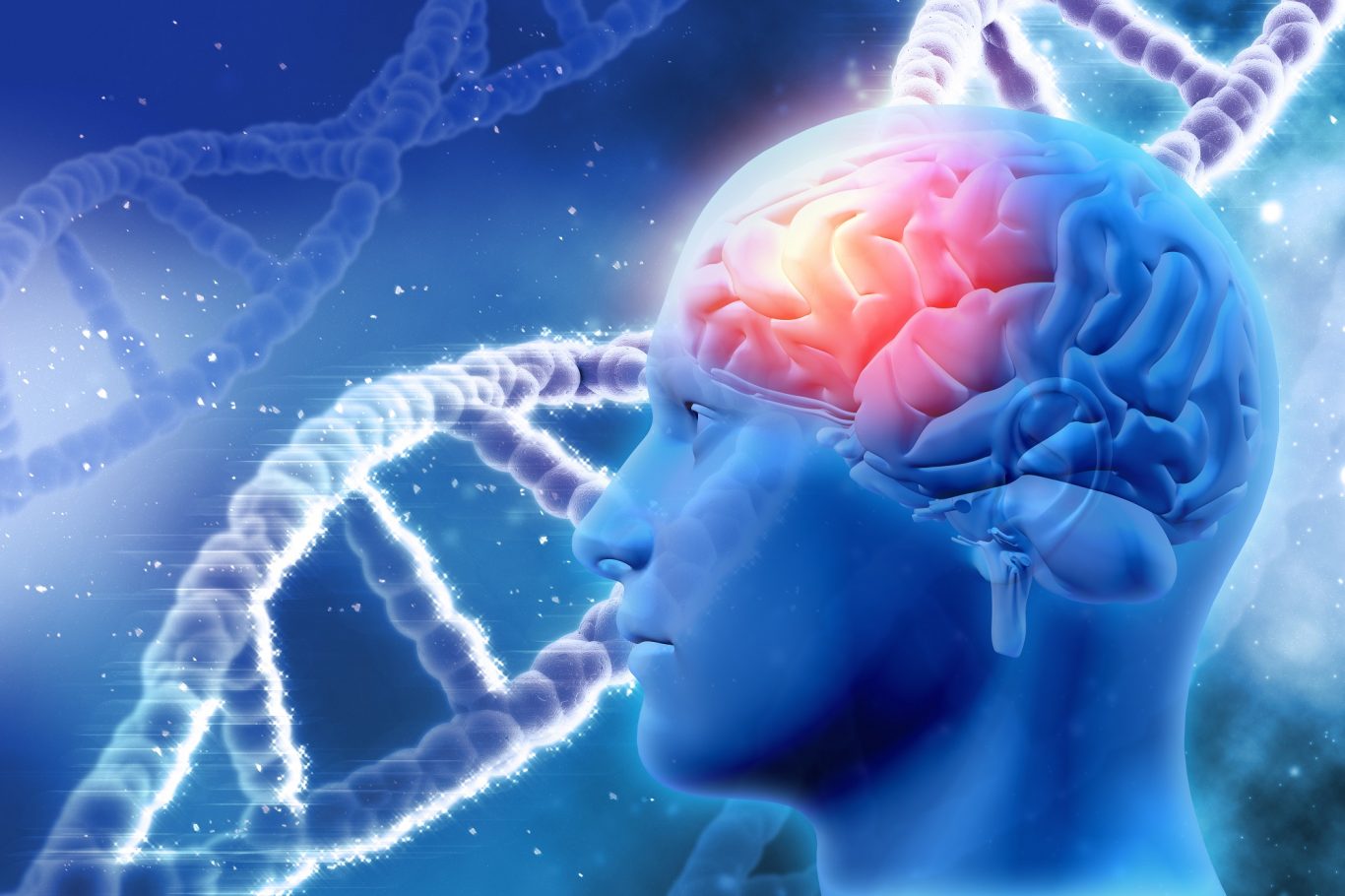Research into methods for slowing or even reversing age-related cognitive decline has become the focus of studies around the world. That includes a recent study from the Massachusetts Institute of Technology that may have found a molecule that is key to repairing age-related damage to DNA.
Called HDAC1, the enzyme repairs damage in DNA associated with memory and other cognitive functions. Much like research into the impact of hyperbaric oxygen on reversing biological aging in humans, the MIT research could open the door to treatments that combat the aging process.
“It seems that HDAC1 is really an anti-aging molecule,” said Li-Huei Tsai, director of MIT’s Picower Institute for Learning and Memory and senior study author, according to MIT News. “I think this is a very broadly applicable basic biology finding, because nearly all of the human neurodegenerative diseases only happen during aging. I would speculate that activating HDAC1 is beneficial in many conditions.”
The results of the study have been published in the journal Nature Communications.
Reactivating An Enzyme That Repairs DNA
The MIT study used mice to determine the impact of lower HDAC1 on DNA damage. They focused on reduction in HDAC1 levels because past studies have associated this reduction with people who have Alzheimer’s disease.
When present, HDAC1 activates another enzyme called OGG1. This enzyme is responsible for repairing the specific type of DNA damage associated with cognitive function. Without adequate levels of HDAC1, the OGG1 is not activated and the DNA damage remains unrepaired, according to Science Daily. Many genes most susceptible to this type of damage encode ion channels, which are critical for the function of brain synapses.
In the new study, researchers engineered mice in such a way that HDAC1 production was blocked. They then compared the mice to a control group. For several months, there was no difference. However, those mice who had their HDAC1 production blocked eventually began to show more damage in DNA without the enzyme there to repair it. This, in turn, led to mice scoring worse on tests involving spatial negotiation and memory.
The researchers then showed the damage was reversed when they used a drug on the mice that activates production of HDAC1.

What The Research Means For Fighting Dementia
The study results suggest that reactivating production of HDAC1 in older people could result in a reduction in age-related cognitive decline and provide benefits to Alzheimer’s patients.
Tsai said the study “really positions HDAC1 as a potential new drug target for age-related phenotypes, as well as neurodegeneration-associated pathology and phenotypes.”
More research is needed, but Tsai’s team is taking the next step by moving ahead with research on whether DNA damage and HDAC1 relate to the formation of Tau tangles. These tangled are misfolded proteins in the brain that research has shown are a signature of Alzheimer’s and other neurodegenerative diseases.
Detecting tau tangles is also the focus of a blood test in development that seeks to accurately diagnose Alzheimer’s disease. The hope is by detecting Alzheimer’s early, treatments can become more effective at slowing progress of the disease.
